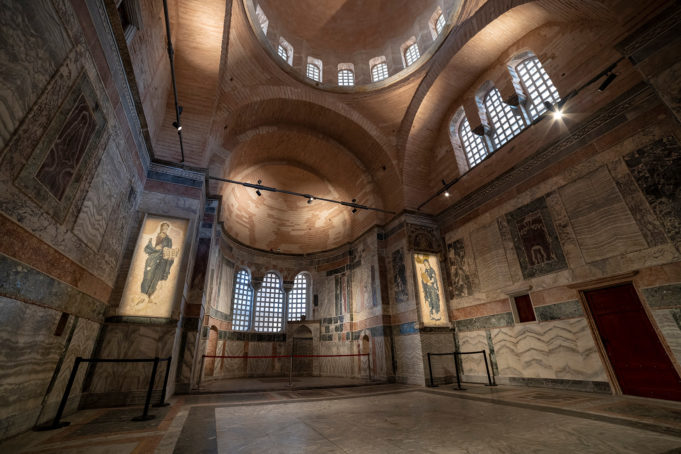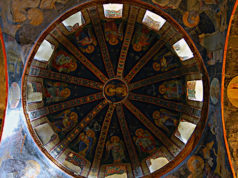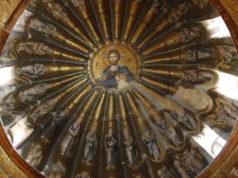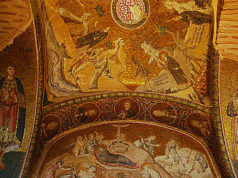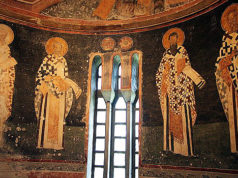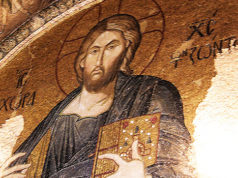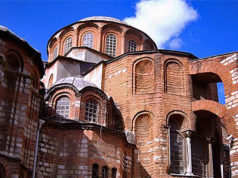The building, known today known as the Kariye (Chora) Museum, was built on the site of the Chora Monastery. “Chora” means “outside the city” or “countryside” in Ancient Greek. The Roman city walls were erected before the 5th century and show us that the monastery was built earlier than that. This name was preserved for churches that were built on this site, and the last church, which dates from the l1th to 14th century, constituted the base of the present-day museum.

The building was decorated with magnificent mosaics and frescoes, which are considered to be masterpieces of Byzantine art. it was built by Theodore Metochites, who was a leading statesman and scholar of his day. In the mosaics of the two narthexes located at the entrance, the Iives of the Virgin Maryand Jesus Christ, as told in the Bible, are illustrated in chronological order. In the lateral chapel, religious subjects are depicted in frescaes. In these frescoes, you can also see the figures of notable personalities from the Church and the Palace. The mosaics and frescaes, which, were discovered and restored, in the 1950s, are the works of a group of prominent artists.
The mosaics that were located on the upper side of the centralnarthex do not exist today. it was one of the features of Byzantine art to add monograms and inscription next to the figures. The Kariye museum is located in a beautiful district fall of wooden hotel (Kariye Otel) and restaurant (Asitane Restaurant).


